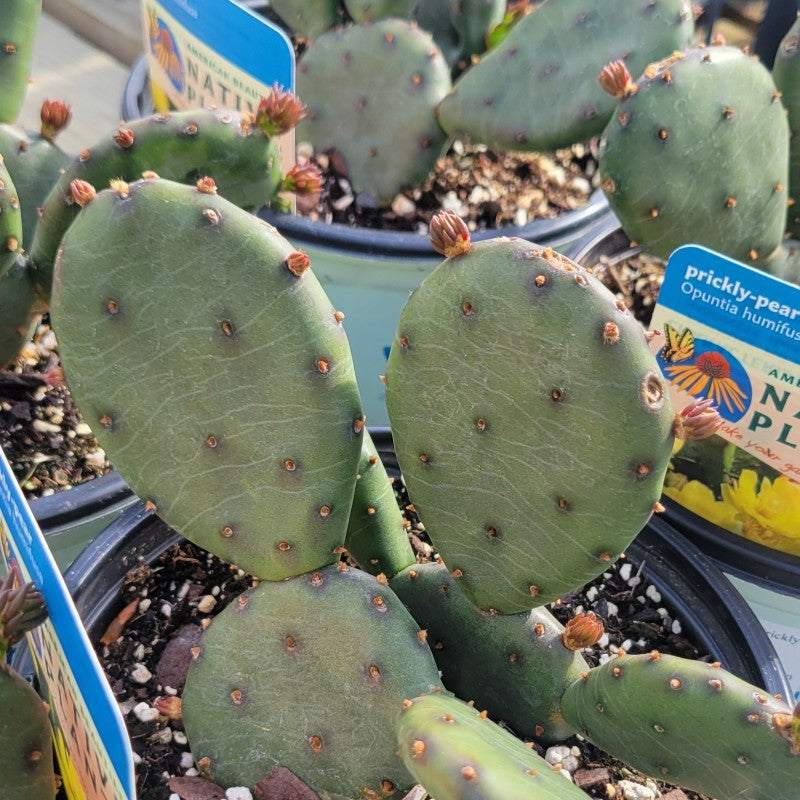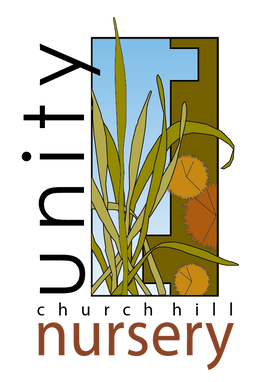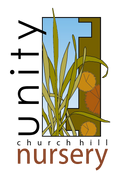
Opuntia humifusa (Eastern Prickly Pear)
- Low stock - 8 items left
- Inventory on the way
Opuntia humifusa, also called eastern prickly pear or low prickly pear, is an evergreen perennial cactus species native to sunny, dry areas with sandy soil across much of the eastern United States. Noted for its attractive yellow flowers from late spring to mid-summer, eastern prickly pear is one of only two species of cactus found in the eastern United States, and can be found near beaches on the Delmarva peninsula, as well as in more upland shale barren-type areas in western Maryland.
Eastern prickly pear typically grows to about 10-18" tall and up to 3' wide in sprawling clumps, and does excellently in barren locations with sandy or rocky soil that many other plants cannot tolerate; though it prefers sandy sites, any location with drier, well-draining soils can support this beautiful plant. As a stereotypical cactus, Opuntia humifusa requires areas with a lot of sun, and can tolerate extended periods of drought and incredibly nutrient poor soils. Though this plant's flowers are attractive to a number of pollinator species, and its fruits and peeled pads are both edible to both wildlife and to people, prickly pear is also covered in small bundles of spiny, barbed bristles which can stick in the skin and cause discomfort, so careful preparation and careful planting locations are required.
As a bonus, one of the creatures that feeds on eastern prickly pear is box turtles, meaning that eastern prickly pear is one of the only selections at Unity that can be used to attract reptiles to the backyard too!

